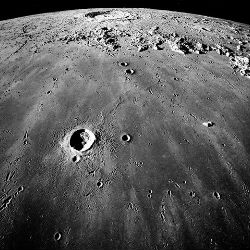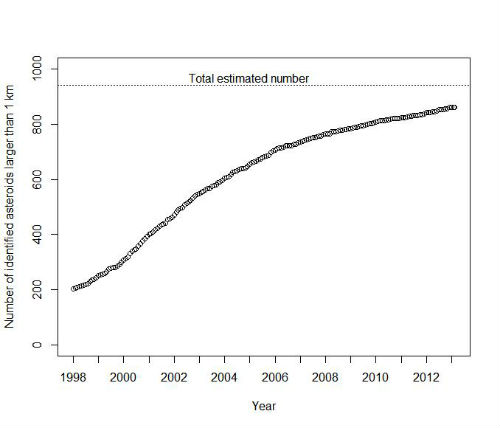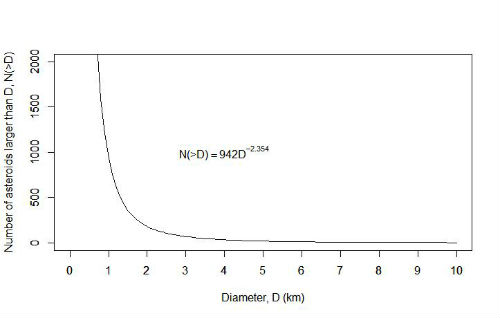



Home » Fireballs falling to Earth: Part 2



Significance Magazine is published for the Royal Statistical Society, American Statistical Association and Statistical Society of Australia by Oxford University Press.

This website uses cookies so that we can provide you with the best user experience possible. Cookie information is stored in your browser and performs functions such as recognising you when you return to our website and helping our team to understand which sections of the website you find most interesting and useful.
Strictly Necessary Cookies are required to save your preferences for cookie settings
This website uses Google Analytics to collect anonymous information such as the number of visitors to the site, and the most popular pages.
Keeping this cookie enabled helps us to improve our website.
Please enable Strictly Necessary Cookies first so that we can save your preferences!
Please see our Privacy Policy for more information about cookies and how we protect your data.
